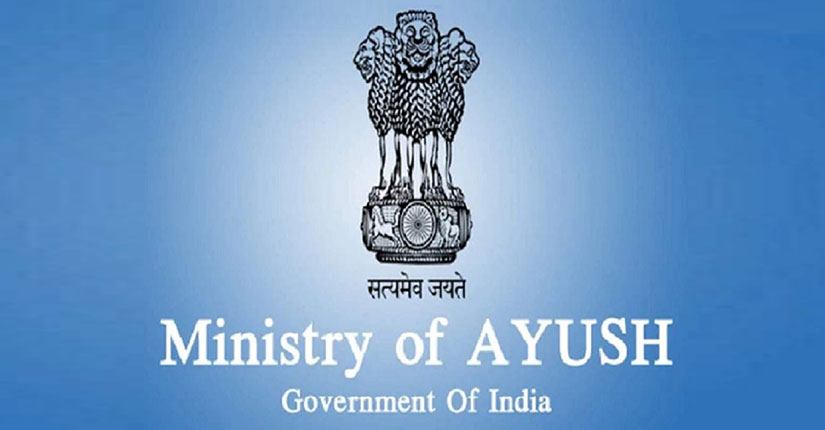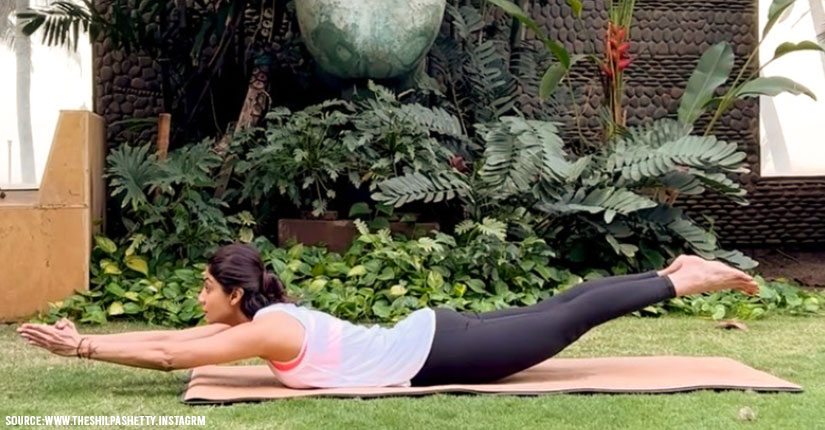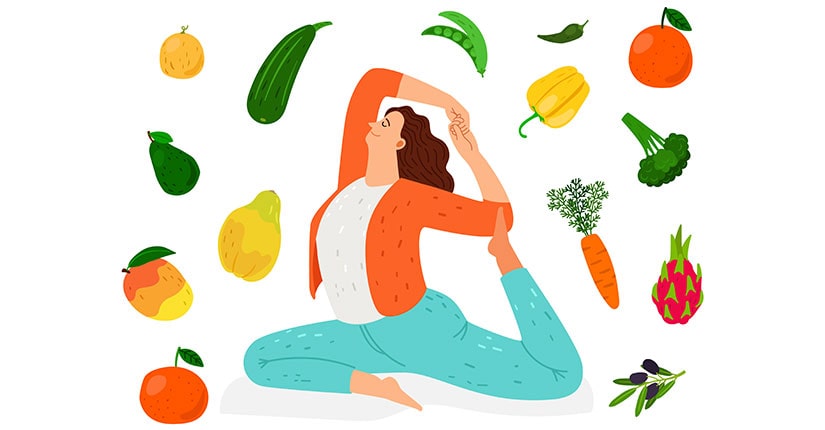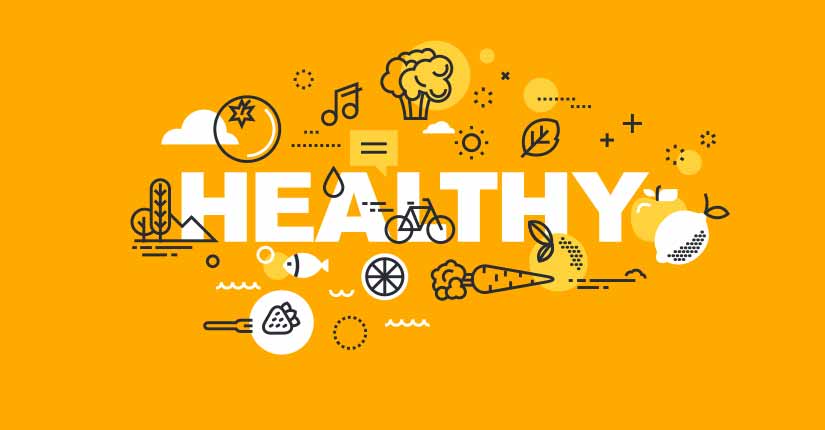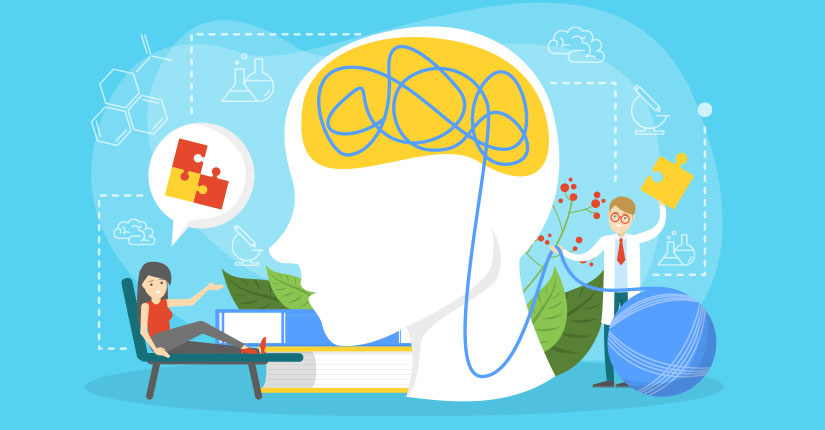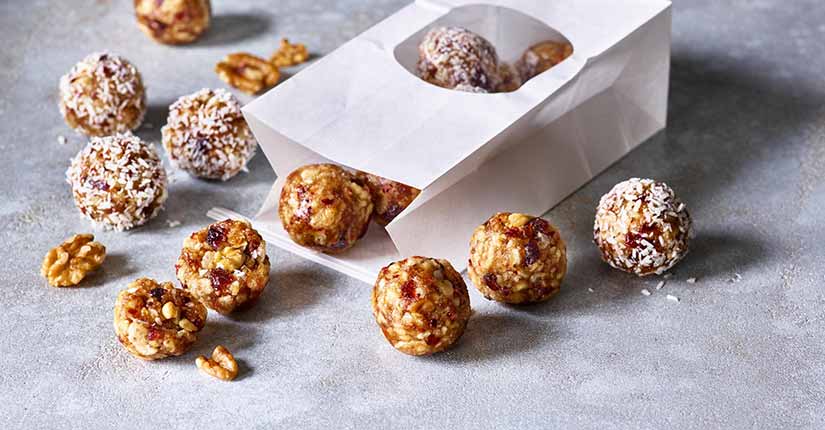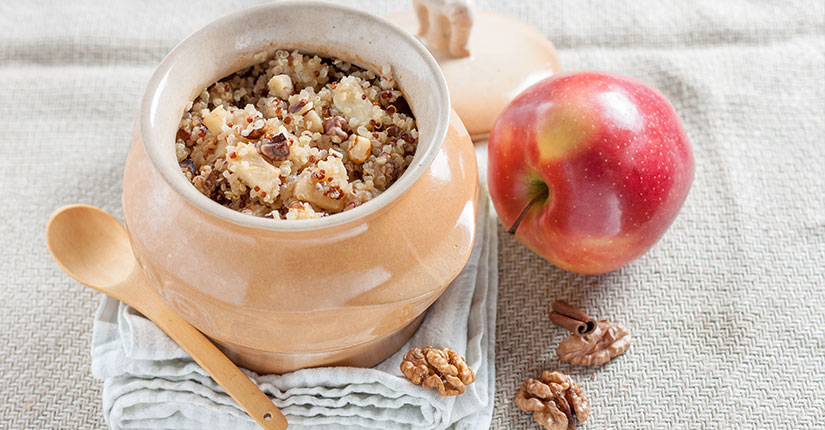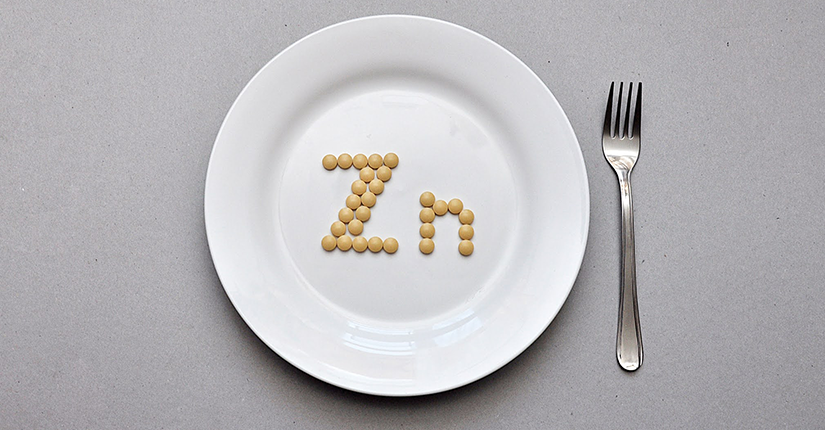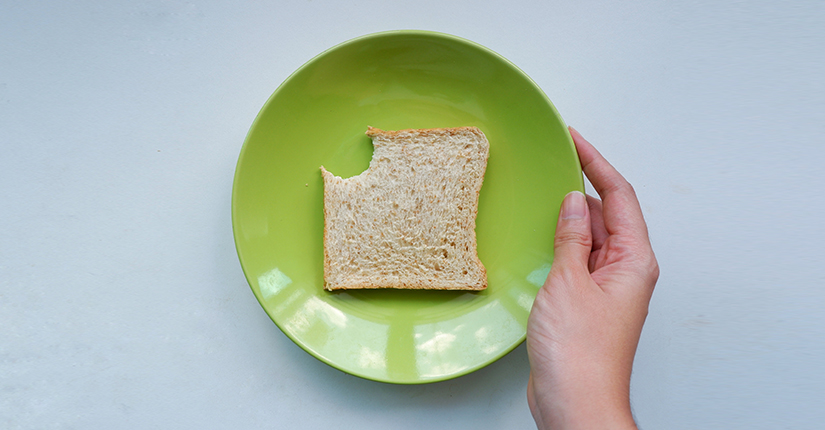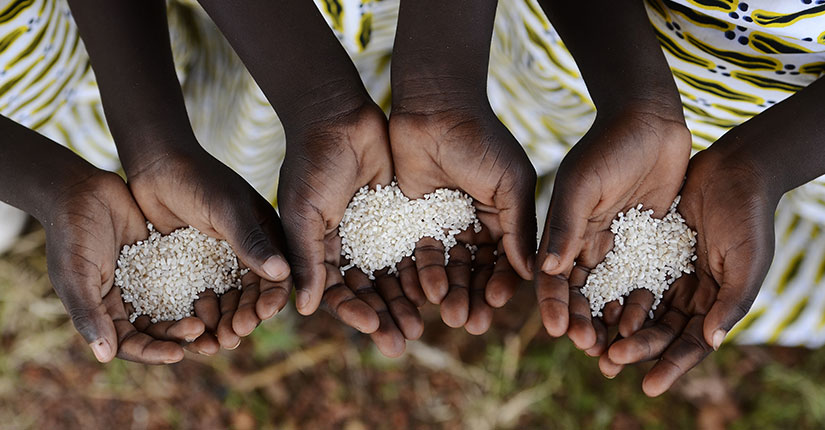WHO Tweeted That Physical Activity Reduces The Risk Of Many Diseases
By Nmami Agarwal 15-Apr 2022 Reading Time: 3 Mins
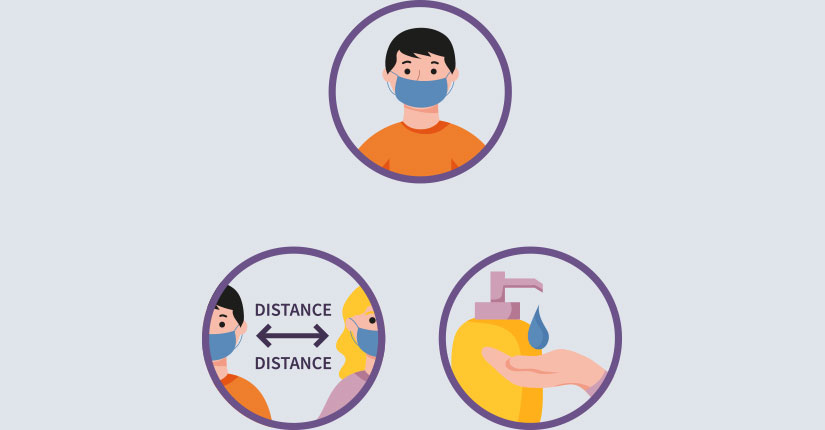
Our body is made to eat and move and not lay and eat. It is important to incorporate a good amount of physical activity into our daily routine to facilitate better health and fewer diseases. The World Health Organisation defines physical activity as any bodily movement produced by skeletal muscles that require energy expenditure. Physical activity refers to all movement including during leisure time, for transport to get to and from places, or as part of a person’s work. Both moderate- and vigorous-intensity physical activity improve health.
Physical activity helps maintain our overall health, by:
- controlling weight, which is a common risk factor for many diseases
- Strengthening bones and muscles
- Improving the flexibility and strength of the overall body
- Improving blood circulation, strengthening the heart, and lowering bad cholesterol.
- Including movement helps regulate blood sugar levels and also improves mood and mental health
- Improving the sleep quality and quantity
- Improving the brain function and preventing any distress to the body
- Popular ways to be active include walking, cycling, wheeling, sports, active recreation, and play, and can be done at any level of skill and for enjoyment by everybody. Regular physical activity is proven to help prevent and manage non-communicable diseases such as heart disease, stroke, diabetes, and several cancers.
- It also helps prevent hypertension, maintains healthy body weight, and can improve mental health, quality of life, and well-being.
WHO Tweeted That Physical Activity Reduces The Risk Of Many Diseases Such As:
- Cardiovascular Disease
- Diabetes
- Colon Cancer
- Breast Cancer
Also, staying physically active can prevent obesity, dementia, depression, and hormonal issues, and facilitate growth and development throughout the body. An adult must exercise for about 150 minutes per week, and children for at least 60 minutes daily, remaining active throughout the day. Also, movement in between long sitting sessions can help regulate the blood flow and decrease the risk of diseases. Getting up and filling your water bottle, taking a short walk or stretching can help loosen the stiff muscles due to sitting for too long. You can make exercises more fun and engaging so that it does not become a burden to you and your health. Eating the right food is also necessary to facilitate good movement and a healthy body.
Over To You:
Find time to exercise or at least include some movement every day. Regular physical activity helps maintain a healthy body.

